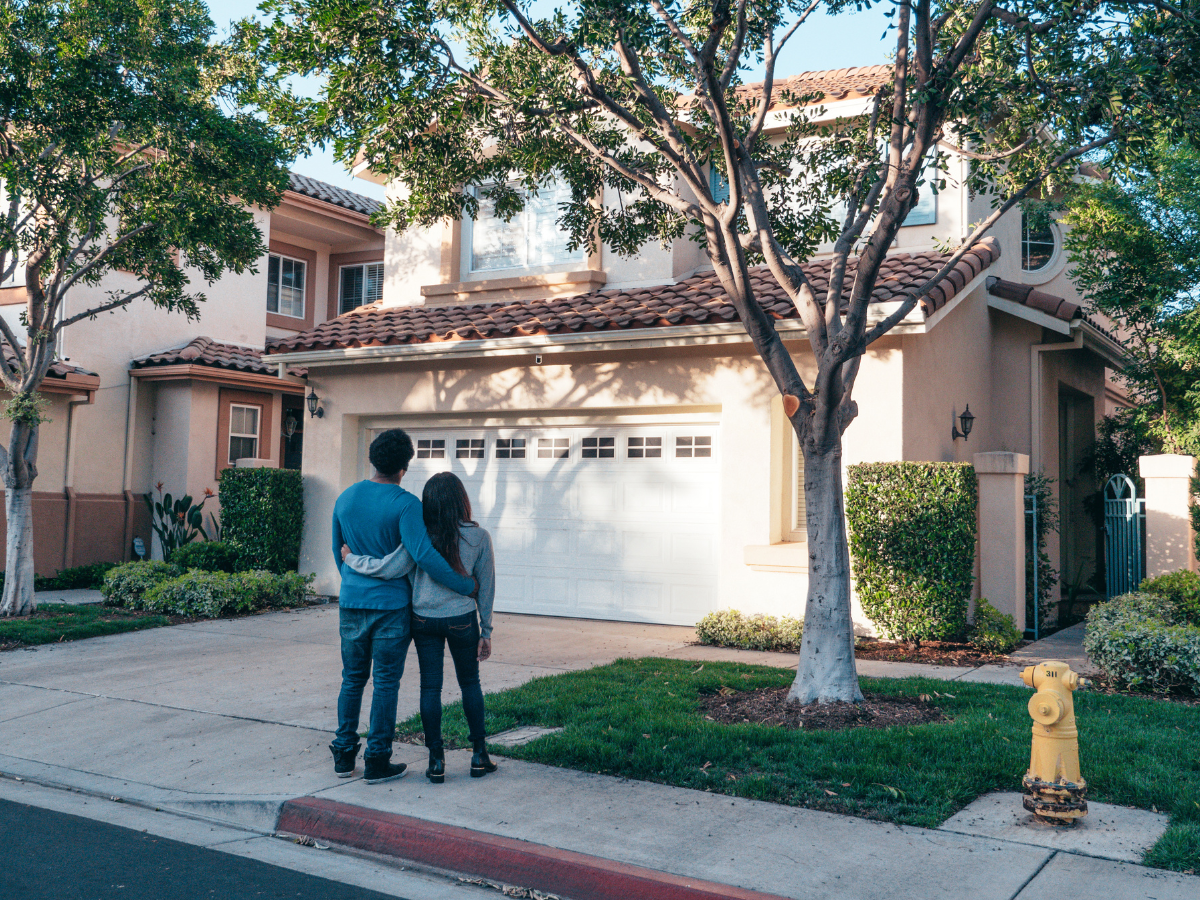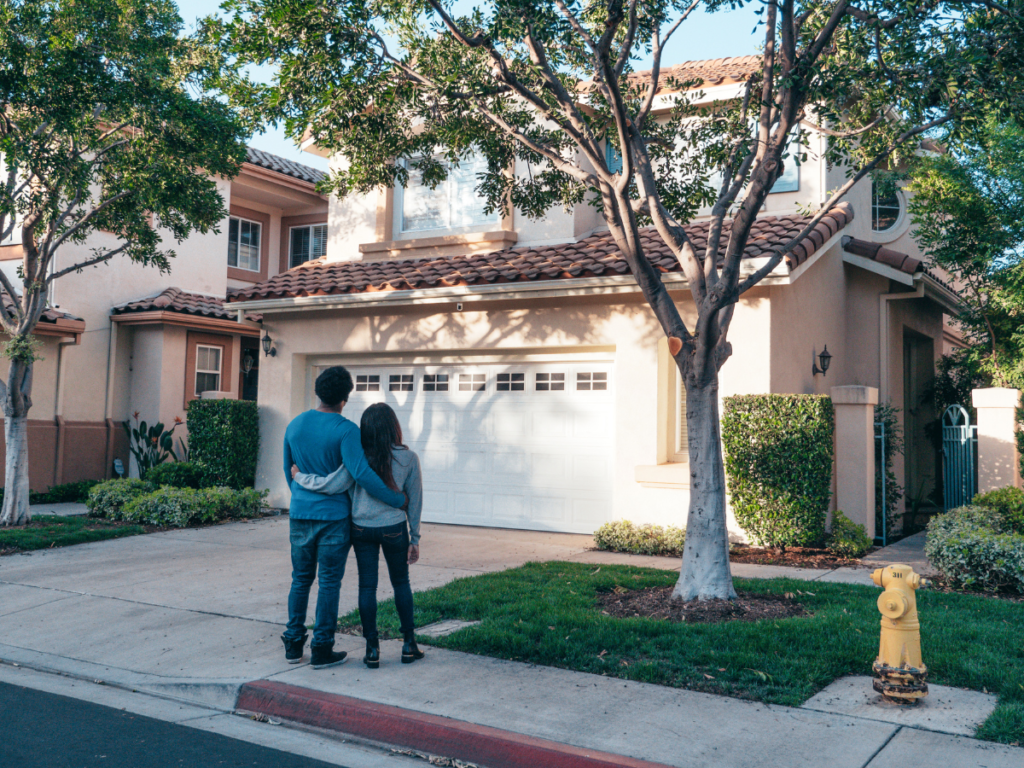
Homeownership is one of the most significant financial commitments people will ever make. While the process is exciting ,it’s also fraught with terms and conditions that can be confusing. One such term that often comes up is Private Mortgage Insurance or PMI. This insurance policy is a crucial element in the mortgage landscape especially for those who can’t afford a large down payment.
The narrative around PMI is shifting as more homebuyers recognize its value under the right circumstances. It can be the key to unlocking homeownership opportunities, allowing buyers to purchase a home sooner than they think possible. This introduction to PMI will explore how it functions not just as an insurance product but as a strategic tool that, when used wisely, can offer substantial long-term benefits.

What is Private Mortgage Insurance (PMI)?
Private Mortgage Insurance, often termed PMI, is an insurance policy that homebuyers are usually required to purchase if their down payment is less than 20% of the property’s purchase price. Private Mortgage Insurance protects lenders when a borrower defaults on their mortgage loan. It’s a common requirement in conventional loans, and different lenders may have varying PMI policies and rates. The cost of PMI is usually added to the borrower’s monthly mortgage payment, although some lenders offer the option of paying it upfront or combining both methods.
Clarifying the Role of PMI
Private Mortgage Insurance (PMI) often carries the misconception of being an unwelcome cost for prospective homeowners. However, it’s crucial to view PMI as a gateway to homeownership for those unable to make a substantial down payment. It’s a tool that lenders use to protect themselves from the risk of lower down payment loans, allowing buyers to enter the housing market sooner with down payments far below the standard 20%.
PMI’s actual value is revealed in its temporary nature; it’s not an endless financial burden but a provisional step towards building a 20% equity in a home. Homeowners can reach this equity through consistent mortgage payments and the natural appreciation of property value. Recognizing PMI as a temporary measure shifts its role from a perceived financial hurdle to a strategic facilitator that broadens homeownership access, turning it into a proactive investment in one’s future.
Access to Homeownership
Private Mortgage Insurance (PMI) is a pivotal resource for individuals and families eager to plant roots in a home of their own. By enabling lower down payments, PMI opens the door to homeownership for a broader demographic, particularly benefiting those who may find the traditional 20% down payment prohibitively expensive.
Lower Down Payments Made Possible
PMI allows buyers to consider homes that would otherwise be out of reach by reducing the initial down payment requirement. Instead of saving for years to accumulate a substantial down payment, buyers can opt for PMI and secure a home with as little as 3-5% down. This reduction in upfront costs can make a significant difference, especially in markets where home prices are rapidly escalating.
Empowering First-Time Homebuyers and Those with Limited Savings
For first-time homebuyers, saving enough to meet the standard down payment threshold can be daunting. PMI empowers these buyers by lowering the barrier to entry, making the dream of homeownership attainable much sooner. This is particularly impactful for younger buyers, who may be early in their careers and still need to reach their peak earning potential, or for those who may have limited savings but stable income.
Moreover, PMI can be a boon for buyers in high-cost living areas, where even modest homes can carry price tags that require substantial down payments. By choosing to use PMI, these individuals can become homeowners and start building equity now rather than watching from the sidelines as home prices potentially climb even higher.
The Financial Upside of PMI
While Private Mortgage Insurance (PMI) is often seen as an additional expense, it can play a role in accelerating home equity growth for homeowners. Let’s explore how PMI can be a financially strategic move when entering the housing market.
Catalyst for Equity Growth
Consider a scenario where a homebuyer purchases a home valued at $300,000. With a traditional 20% down payment, they would need $60,000 upfront. However, with PMI, they could potentially put down only 5%, which would be $15,000. This lower entry barrier allows buyers to purchase a home and start accruing equity much sooner.
Now, let’s say the housing market appreciates at an average rate of 3% per year. The $300,000 home would increase in value by $9,000 in the first year alone. Over five years, even accounting for a conservative appreciation rate, the home’s value could grow significantly, far outpacing the initial cost of PMI.
PMI Cost Versus Home Value Appreciation
The cost of PMI varies, but for our example, let’s assume it’s 1% of the loan amount annually. On a $285,000 loan (after the 5% down payment), PMI would cost $2,850 per year or approximately $237 per month. Over five years, this amounts to $14,250—a substantial sum, but one that must be weighed against the potential $45,000 increase in home value over the same period, not to mention the equity built by paying down the mortgage principal.
In markets with higher appreciation rates, the financial upside can be even more pronounced. The PMI payments that initially seemed like a burden can be quickly overshadowed by the growth in home equity, especially when considering the long-term horizon of most homeownership journeys.
Tax Benefits of PMI
One of the lesser-known advantages of Private Mortgage Insurance (PMI) is its potential tax deductibility, which can provide financial relief to homeowners. Understanding the tax implications of PMI can help homeowners make more informed decisions about their mortgage options.
Understanding PMI Deductibility
Under certain conditions, homeowners can deduct the cost of their PMI from their federal income taxes. This deduction applies to PMI policies issued after 2006 and is available for both primary residences and second homes (though rental properties typically do not qualify). The tax benefit can apply to mortgages used to buy, build, or even refinance a home if the mortgage insurance was obtained to secure the loan.
The deductibility of PMI premiums is subject to income limitations. As of the last update, taxpayers with adjusted gross incomes (AGIs) over $50,000 for single filers and $100,000 for joint filers begin to lose the deduction, and it’s completely phased out for those with AGIs above $54,500 and $109,000, respectively. These figures can change, so homeowners must consult a tax professional or reference the latest tax code for current thresholds.
Offsetting the Cost of PMI
For homeowners who qualify, the tax deductibility of PMI can lead to significant savings. For instance, if a homeowner pays $2,500 annually for PMI and is in the 22% tax bracket, the tax deduction could effectively reduce the cost of PMI by $550, lowering the actual cost to $1,950. Over the lifespan of the PMI payments, this can add up to a substantial amount.
It’s important to note that tax laws are subject to change, and the deductibility of PMI has been an on-again, off-again affair, often dependent on the whims of Congress. As such, while the tax deductibility of PMI is a valuable benefit for now, it should not be the sole reason to opt for a mortgage that includes PMI.
Case Study: The Economic Advantages of PMI in a Growing Housing Market
This case study examines the economic implications of utilizing Private Mortgage Insurance (PMI) to purchase a home with a lower down payment in a market with rising real estate values. It contrasts the outcomes of buying immediately with PMI versus saving for a larger down payment over time.
The conventional wisdom suggests that homebuyers should aim for a 20% down payment to avoid PMI, which is perceived as an unnecessary expense. However, in a market where real estate values are appreciating, the delay in purchasing to save a larger down payment can result in a significant opportunity cost.
Scenario Analysis:
- Situation: In a hypothetical but common scenario, a homebuyer is considering purchasing a $400,000 home. The real estate market is appreciating at an average rate of 5% annually.
- Option 1 – Immediate Purchase with PMI: The homebuyer opts to purchase immediately with a 5% down payment, incurring a PMI cost of $200 per month.
- Option 2 – Saving for 20% Down Payment: Alternatively, the homebuyer considers saving a 20% down payment to avoid PMI, which would require additional savings of $82,000 over the anticipated five years.
Financial Outcomes:
- With PMI: Over five years, the homeowner pays $12,000 in PMI. However, due to market appreciation, the home’s value increases by $110,000, less the PMI cost, resulting in a net gain of nearly $100,000 in equity.
- Without PMI (Delayed Purchase): If the buyer waits to save a 20% down payment, they would need to save an additional $16,400 annually. Over five years, this delay could cost them the opportunity to gain equity from appreciation, which could total $110,000, far exceeding the cost of PMI.
In a market experiencing real estate appreciation, purchasing a home with PMI can be financially advantageous over waiting to save for a larger down payment. Appreciating the home’s value can significantly outweigh the costs associated with PMI, leading to increased equity. Homebuyers, therefore, should carefully evaluate the potential for property value growth against the expense of PMI. Financial advisors are recommended to guide clients through this analysis, ensuring that the decision to buy now or save longer considers both the immediate costs and the long-term benefits of market participation.
Conclusion
Private Mortgage Insurance (PMI) should not be hastily dismissed as merely an additional cost in the homebuying process. Instead, it deserves recognition as a strategic tool that can facilitate earlier entry into homeownership, particularly in a market where real estate values are on the rise. The potential for home value appreciation can offset the costs of PMI, enabling homeowners to build equity faster than they might through traditional saving methods. While PMI does add to the monthly mortgage payment, the trade-off often tips in favor of the long-term benefits of owning and investing in one’s own home. As with any financial decision, the choice to use PMI should be made after carefully considering personal circumstances and market conditions. However, for many, the path to homeownership is made more accessible and financially sound through the strategic use of PMI. To further broaden your knowledge regarding home purchasing loans, consider scheduling a call with Green Street Mortgage.
